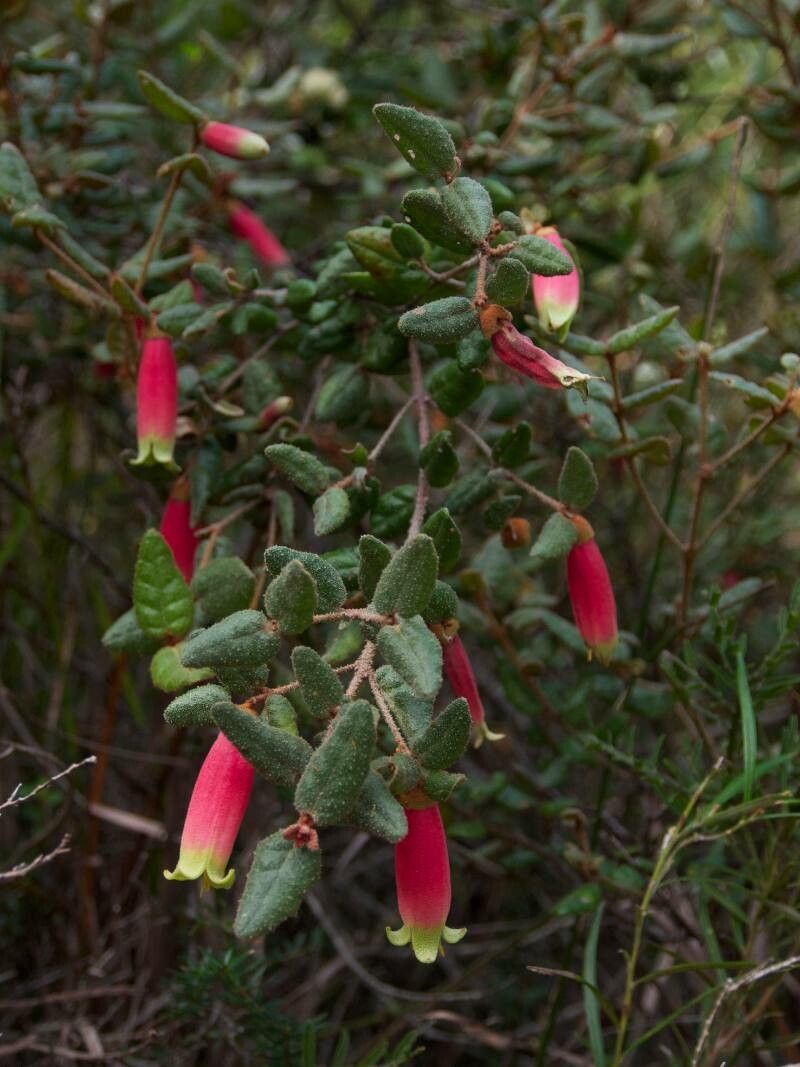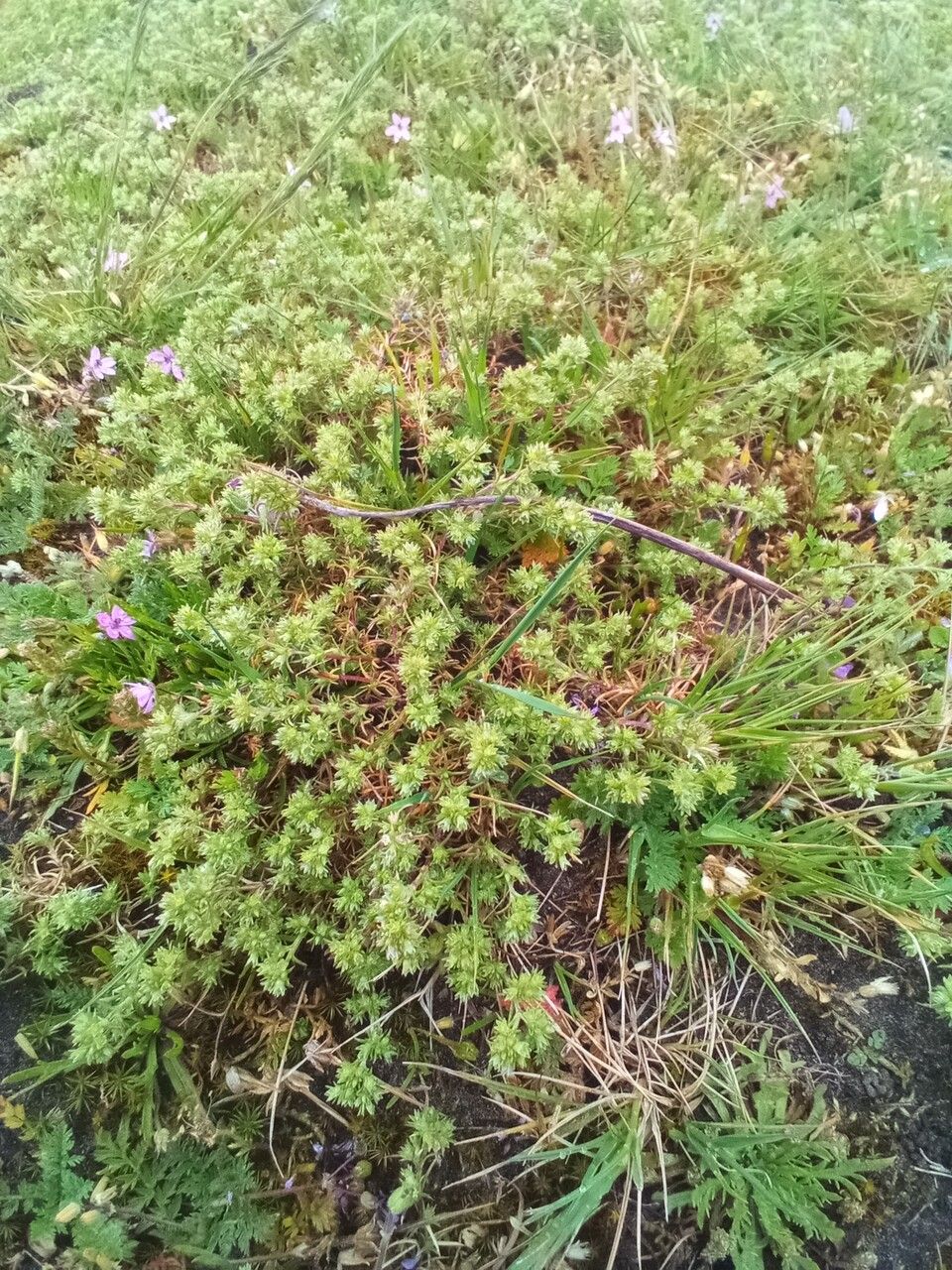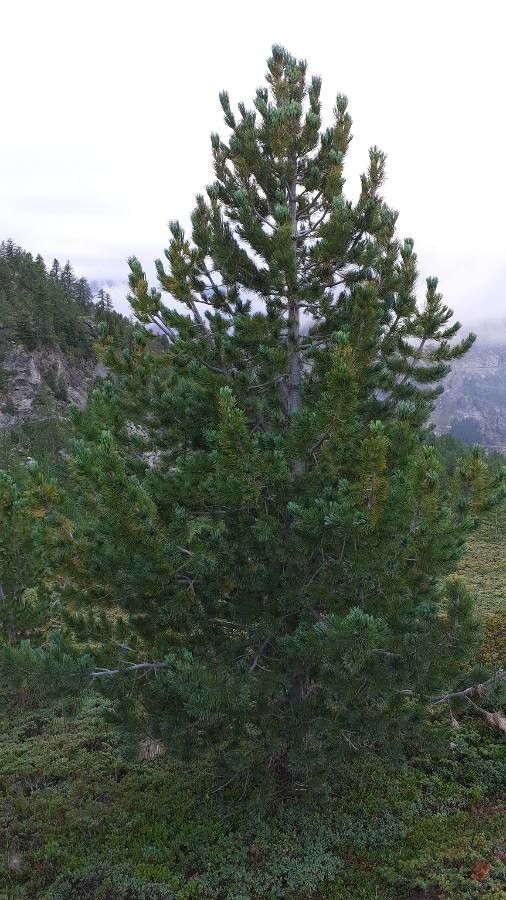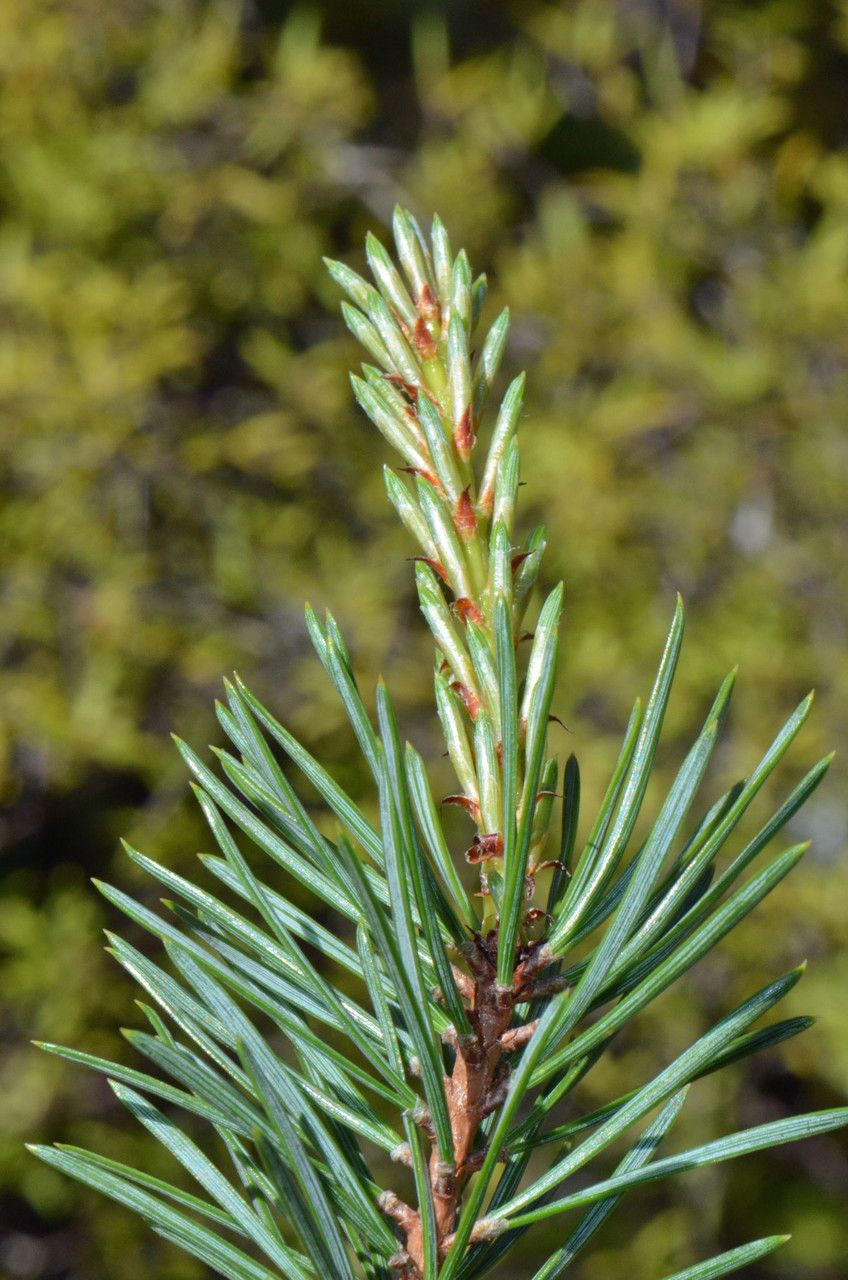# Common Correa: A Gardener's Delight
The Common Correa ( *Correa reflexa*, or similar species within the Correa genus), a charming member of the Rutaceae family, is a beloved Australian native shrub renowned for its vibrant flowers and relatively low-maintenance nature. Its bell-shaped blooms, ranging in color from deep red to soft pink and even white, attract pollinators and add a touch of elegance to any garden. This guide will provide comprehensive information to help you successfully cultivate this beautiful plant.
### Habitat and Growth
Common Correa thrives in a variety of conditions, making it a versatile addition to gardens across different climates. Naturally occurring in diverse habitats across Australia, it's adapted to handle both full sun and partial shade. While it tolerates some dryness, consistent moisture during the growing season is key to optimal growth. Its compact nature makes it suitable for smaller gardens, while its potential for spreading makes it a great choice for ground cover or borders.
### Sun Exposure and Soil Needs
Common Correa displays remarkable adaptability when it comes to sun exposure. While it can flourish in full sun locations, it also tolerates partial shade. In hotter climates, providing some afternoon shade will help prevent scorching. The soil, however, needs more consideration. Well-drained soil is crucial. Avoid waterlogged conditions, which can lead to root rot. A slightly acidic to neutral pH is ideal, and enriching the soil with organic matter will improve drainage and fertility. A sandy loam is typically preferred.
### Planting and Care
Planting your Common Correa is relatively straightforward. Dig a hole twice the size of its root ball, amend the soil with compost, and gently place the plant in the hole. Backfill with soil, ensuring the plant is planted at the same depth as it was in the container. Water thoroughly after planting. Regular watering, especially during dry spells, is essential, but avoid overwatering. Regular pruning after flowering will help maintain its shape and encourage bushier growth. Fertilizing is usually not required, unless the soil is particularly poor, in which case a balanced, slow-release fertilizer can be used in spring.
### Propagation
Common Correa can be propagated from cuttings. Take semi-hardwood cuttings in late spring or early summer. Use a rooting hormone and plant the cuttings in a well-draining potting mix. Keep the cuttings consistently moist and in a humid environment until roots develop.
### Pests and Diseases
Common Correa is generally resistant to pests and diseases. However, occasional infestations of aphids or scale insects might occur. These can usually be controlled with insecticidal soap or a strong spray of water. Good air circulation can prevent fungal diseases.
### Choosing the Right Variety
Several cultivars of Common Correa exist, offering a range of flower colors and growth habits. Research the available varieties to select the one that best suits your preferences and garden conditions. Consider factors like mature size, flower color, and growth habit when making your selection.
### Conclusion
The Common Correa offers a beautiful and relatively low-maintenance addition to any garden. Its adaptability to diverse conditions and attractive blooms make it a popular choice for gardeners worldwide. By following the guidelines outlined above, you can enjoy the stunning beauty of this Australian native for years to come.
Common Correa: Planting & Care Guide

Frequently Asked Questions
How to grow Common Correa?
Plant in well-drained, slightly acidic to neutral soil in full sun or partial shade. Water regularly, especially during dry spells, but avoid overwatering. Prune after flowering to maintain shape.
What type of soil does Common Correa need?
Common Correa prefers well-drained soil, ideally a sandy loam, with a slightly acidic to neutral pH. Amend the soil with organic matter to improve drainage and fertility. Avoid waterlogged conditions.


